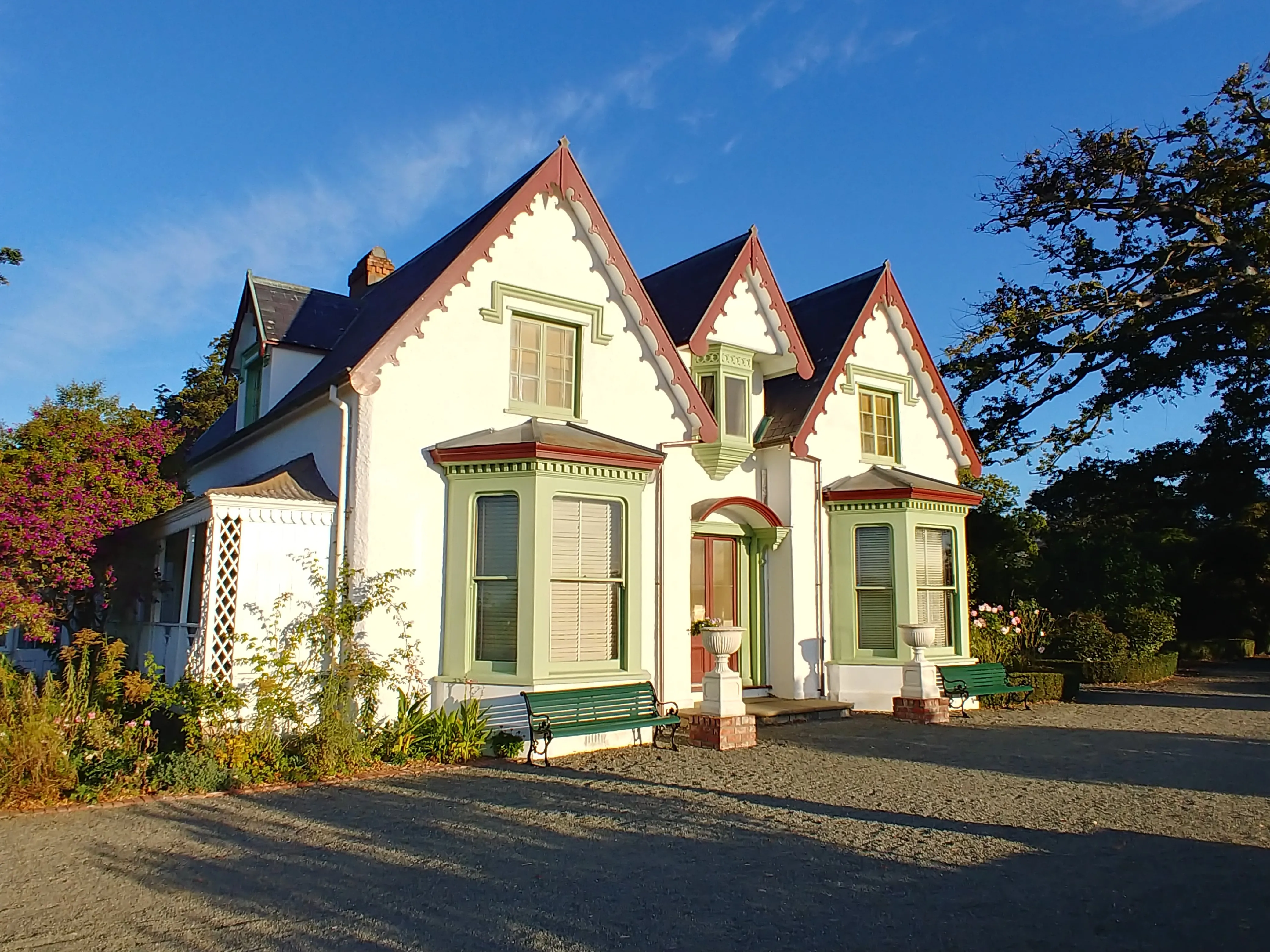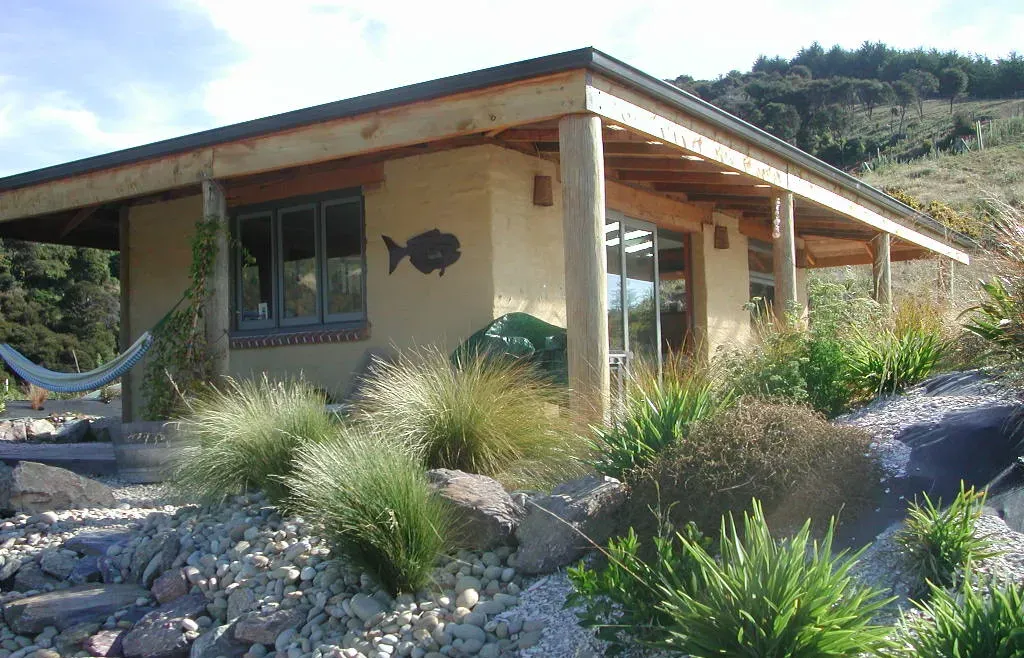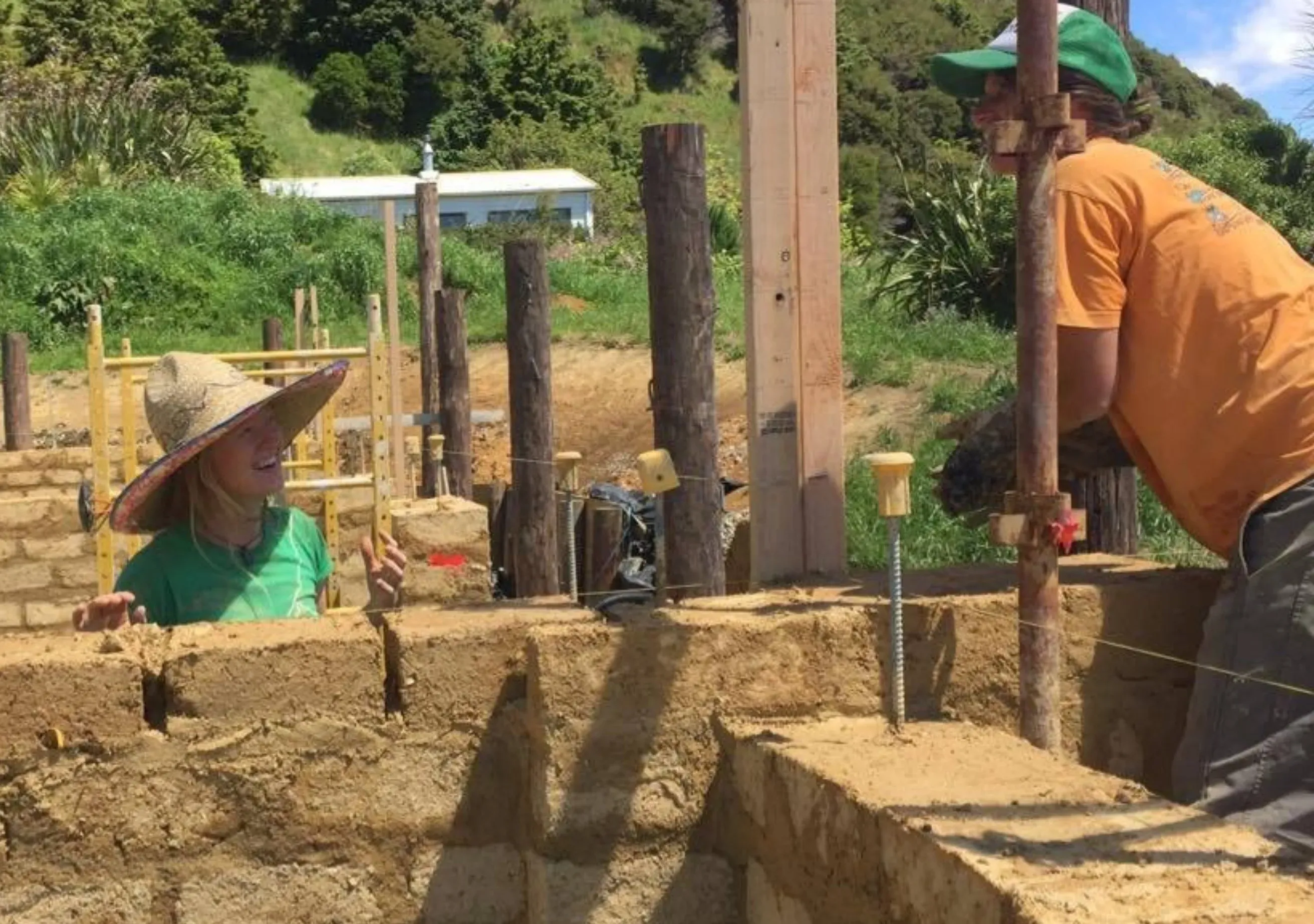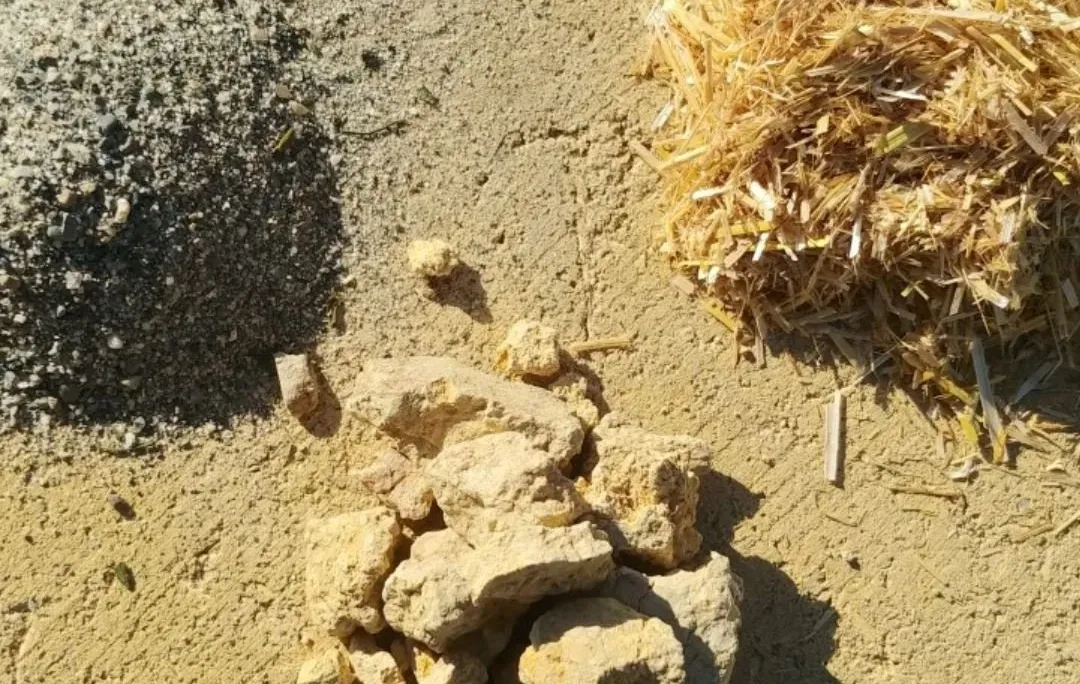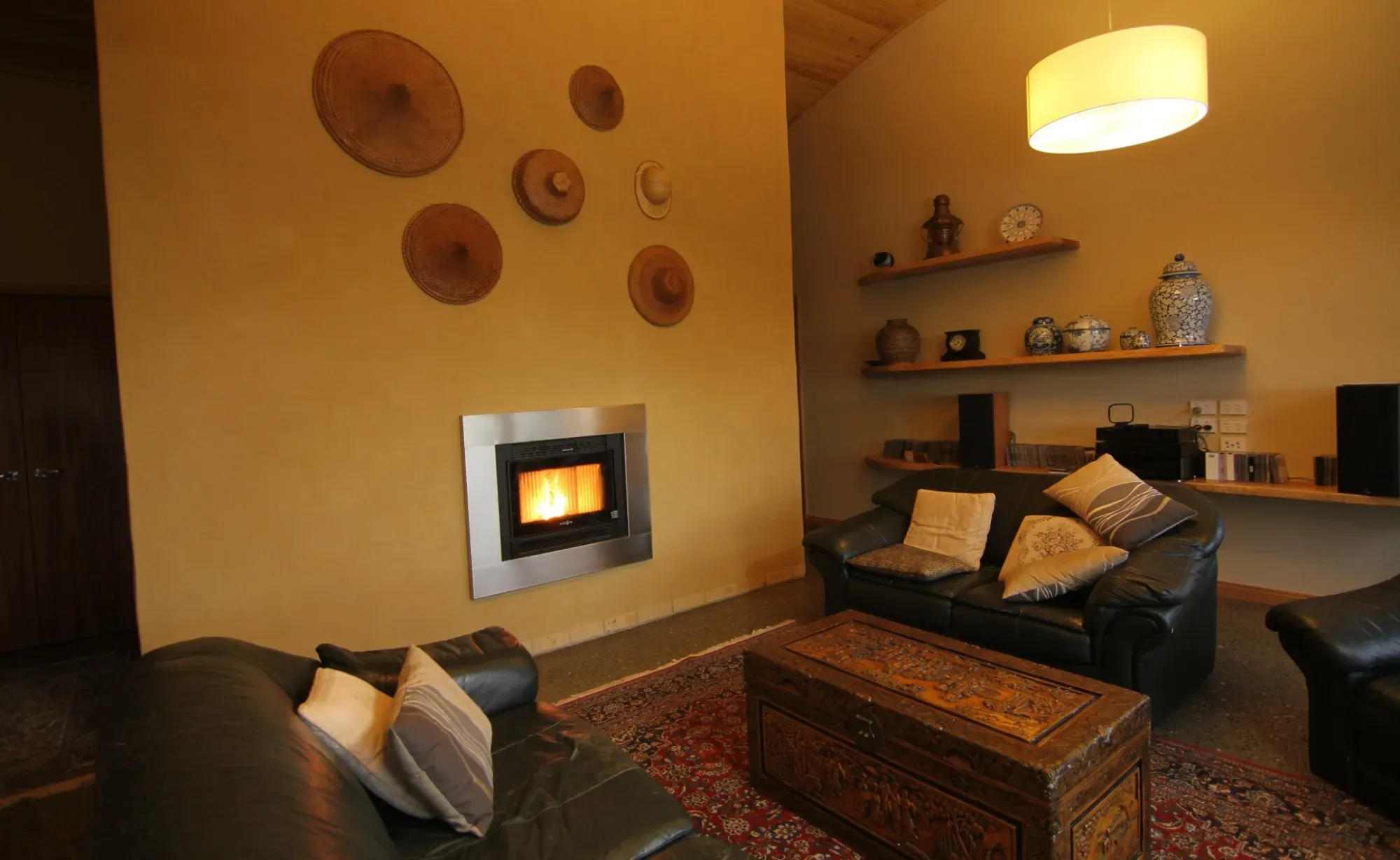Upgrading old Housing Stock with Natural Materials
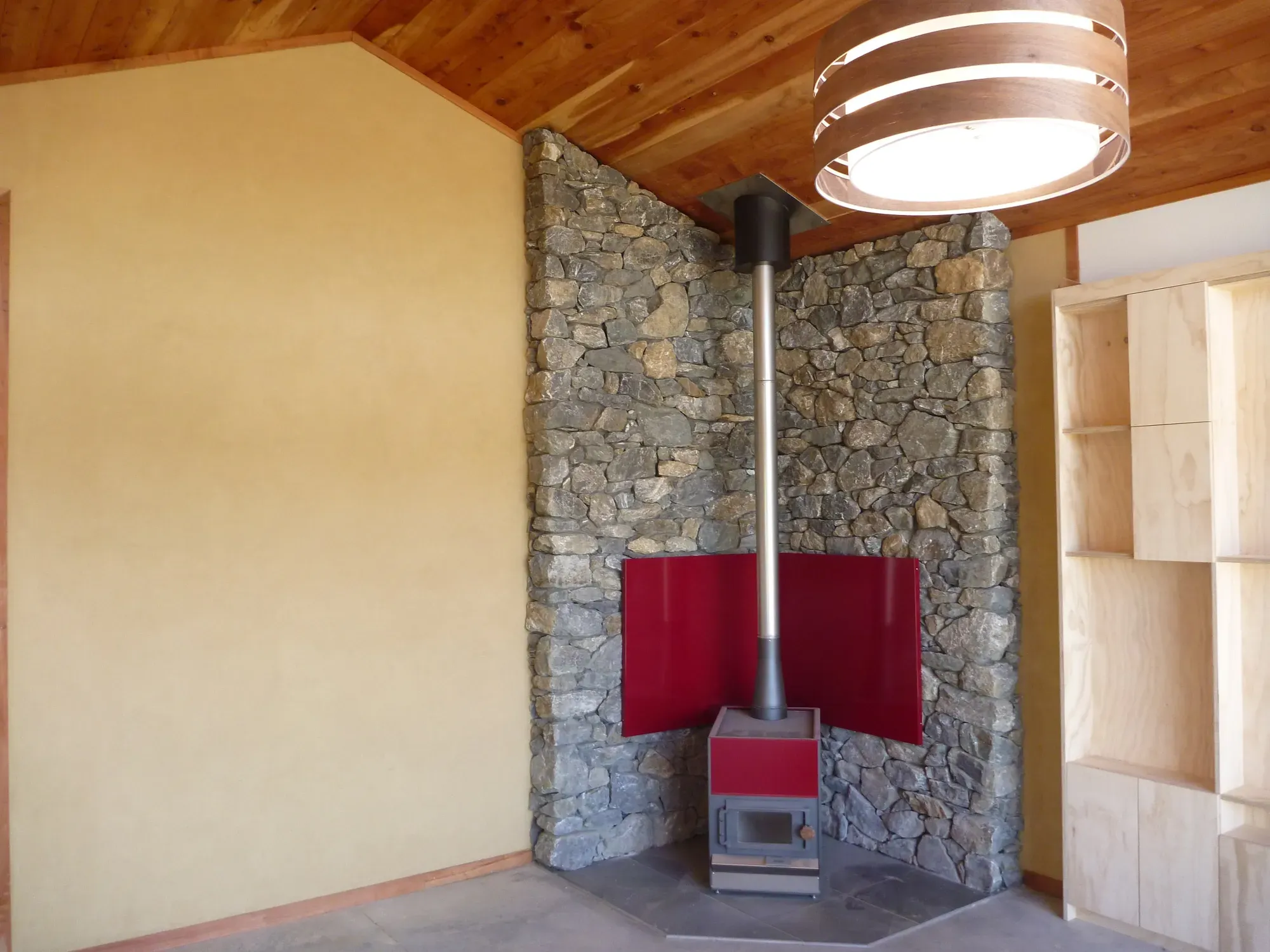
Key Takeaways
- Discover the unique benefits of using natural materials like reclaimed wood, stone, earth and plant-based insulation for home upgrades.
- Learn how natural materials can enhance both the beauty and energy efficiency of your home.
- Get practical tips on sourcing sustainable materials and working with the right contractors.
- Find out how to tackle common challenges, such as cost and availability, when upgrading with natural materials.
- Understand the importance of biophilic design in creating a harmonious connection between your living space and nature.
When you think about upgrading your home, it's like opening a treasure chest of possibilities. And among the most precious gems are natural materials—those that bring the essence of the earth into our living spaces.
Creating Stunning Home Environments with Natural Materials
What Makes Natural Materials Special
There's something inherently inviting about a home that showcases natural materials. They're not just a stylistic choice; they're a statement about sustainability and health.
- Sustainability: Natural materials often have a lower environmental impact compared to their synthetic counterparts.
- Health Benefits: They can improve indoor air quality by reducing the presence of harmful chemicals.
- Energy Efficiency: Many natural materials offer excellent insulation properties, keeping your home comfortable year-round.
Identifying Opportunities for Natural Upgrades
Before you start swinging hammers or splashing paint, take a moment to assess where natural materials could make the most impact in your home. Is your home cold and drafty? Have you got issues with dampness or even mold? Are your floors cold underfoot, or are you dealing with a dusty old carpet? Could your home benefit from more heat retention?
Pinpointing these challenges will guide you towards opportunities on your natural renovation journey.
Choosing Materials That Tell a Story
Reclaimed Wood: Adding Character and Solidity
Your floors, walls and in-built furniture can tell a story. That's the magic of reclaimed wood. It's a ruggedly handsome choice when you showcase it, and it also has practical advantages: It often is very good quality, hard timber, and because it comes pre-aged, it's less likely to warp or shrink.
Utilizing Stone for Sturdy Elegance
If it is within your price range, stone can be the epitome of timeless elegance. Whether you opt for a granite countertop, a slate floor, or a carved stone hand basin, this natural material offers a unique blend of durability and beauty. Stone also has excellent thermal mass, which helps regulate your home's temperature. Our recommendation would be to choose local stone and research how it has been quarried and machined.
Pros of Natural Clay and Lime Finishes
If you're looking for wall finishes that are both beautiful and beneficial, clay and lime should be at the top of your list. These materials naturally regulate humidity, creating a comfortable indoor climate. Plus, they're non-toxic, making them a healthy choice for your family. With the right preparation, they can be applied over a range of different substrates, transforming your rooms like nothing else.
You can read more about Earthen Plaster here.
Energy Efficiency with Natural Insulation
Insulation might be hidden behind walls, but its benefits are felt every day. Natural insulation materials, such as sheep's wool or plant fibers, not only keep your home cozy but also breathe better than synthetic options, reducing the risk of mold and moisture build-up.
Integrating Plant-based Insulation Solutions
Insulation is the unsung hero of a comfortable home, and earth and plant-based options are stepping into the spotlight. Materials like wool batts, hemp batts or hemp infill, cork and light earth infill (LEM) are not only renewable but also provide excellent thermal performance. They're easy to install DIY, making them a smart choice for both new insulation projects and upgrades.
Note: It is important to understand where to retrofit insulation. Depending on your climate, you might require a dew point calculation. Generally it is best to place insulation in the building envelope, rather than on inside wall surfaces.
Implementing Natural Beauty in Small Steps
Revamping your home with natural materials doesn't have to be an all-or-nothing approach. You can start with small, manageable projects that still make a significant impact.
Simple Swaps for a Healthier Home
It's the little things that count. Swap out synthetic rugs for ones made of jute or wool. Exchange plastic storage containers for glass or bamboo. Choose paints with natural pigments and low VOC binders. These simple swaps reduce your exposure to toxins and bring a touch of nature into your everyday life.
Most importantly, consider the air you breathe. Choose wall finishes such as earthen plasters and bring in some houseplants. Both are nature's air purifiers, and incorporating them into your home can improve indoor air quality.
DIY Projects with Natural Materials
If you're the hands-on type, DIY projects can be a rewarding way to introduce natural materials into your home. Building a headboard from reclaimed wood, creating a feature wall with earthen materials, or transforming your bathroom with a Tadelakt finish are all projects that can be tackled over a weekend.
Besides that, DIY gives you the opportunity to truly personalize your space. There's a special kind of pride that comes with saying, "I made that," when someone admires a piece in your home. And when you're working with materials that have their own story, that satisfaction is doubled.
Fostering a Connection with Nature
Our affinity for nature is hardwired into our DNA, a concept known as biophilia. When we bring natural elements into our homes, we're not just decorating; we're creating spaces that resonate with our primal need for a connection to nature.
Biophilic Designs: Nature Indoors
Biophilic design is about more than just plants; it's about creating a holistic environment that includes natural light, materials, and even sounds. Think larger windows, indoor water features, and using materials like bamboo and wool to create a serene, nature-inspired space.
Working with Natural Materials
When you start working with natural materials, you will start feeling a sense of connection that is different from what is possible with synthetic materials. All your senses are engaged. You start appreciating the grain of wood, and the texture of earth. Things smell fresh and feel warm and solid. You understand that your home is your third skin, after your clothes, and that wrapping yourself in nature feels right.
“Don’t imitate the natural. Be Nature.” - Martin Prechtel
Overcoming the Challenges of Natural Renovations
While the benefits of using natural materials are clear, challenges like cost and availability can arise. However, with a bit of research and creativity, these obstacles can be navigated successfully.
Dealing with Cost and Availability
Unless you source locally available natural raw materials and make your building products from scratch - which is totally feasible and something we are passionate about - natural materials can be pricier than some conventional options. However, investing in quality materials can save you money down the line with lower utility bills and less frequent replacements.
Ways to mitigate the costs and get things done cheaper:
- Look for local suppliers
- Consider reclaimed or recycled materials
- See if you can use natural raw materials and make your own building products
- Prioritize which natural upgrades are most important to you
- Don't be shy about asking for discounts on bulk purchases. It's all about being resourceful and making connections. People are often really interested when you tell them you are doing an eco-retrofit.
Sustainable Sourcing and Longevity Concerns
When it comes to sourcing natural materials, think long-term. Sustainable sourcing isn't just about feeling good; it's about ensuring that the materials you use will be around for future generations to enjoy. So, check the credentials of your suppliers, ask about the origin of their materials, and choose those that commit to replenishing what they harvest. There is a lot of green-washing going on, also in the natural building materials sector.
Also, think about the maintenance of the materials you choose. How easy is it? How durable are the materials with proper maintenance? Natural materials can last for decades and even centuries, making them a wise investment for the future of your home and the planet.
When working with Experts
You can go down the DIY route, or you might want to work with some building professionals. Finding the right contractor is like finding a dance partner; you need someone who can follow your lead but also guide you when necessary (I dare you to mention this to them, lol). Look for someone with experience in working with natural materials and who shares your values when it comes to sustainability and healthy living.
For example, when selecting a contractor to install a reclaimed wood floor, ask for photos of previous work, references from past clients, and details about the wood's origin. This will help ensure that you're on the same page and that the finished product meets your expectations.
Similarly, an architect or interior designer can be your ally in integrating natural materials into your home's design. They can help navigate building codes, structural concerns, and aesthetic considerations to create a space that's both functional and inspiring.
FAQs
Can natural materials improve indoor air quality?
Absolutely! Many natural materials are non-toxic and free from volatile organic compounds (VOCs) that can off-gas into your home. Some are naturally antimicrobial. Some, like earthen plasters and sheep wool insulation, are hygroscopic and will regulate indoor humidity to healthy levels.
Note on VOCs: Some natural materials absolutely emit VOCs. Some of these are associated with pleasant smells, others can be irritating. You need to be discerning.
How do natural materials contribute to energy efficiency?
It's all about intelligently balancing insulation and thermal mass. High mass materials such as stone, natural plasters and clay bricks, combined with plant-based insulation, will keep your home cool in the summer and warm in the winter, reducing the need for artificial heating and cooling. And that means lower energy bills and a smaller carbon footprint.
What are some cost-effective natural materials for home upgrades?
If you're on a budget but still want to go natural, compare material costs. You could for example use recycled wood or bamboo for flooring, instead of new hardwood flooring. Consider making some of the building materials yourself from local natural ingredients such as clay, sand and straw. And don't overlook smaller swaps, like natural fiber textiles or home-made low-VOC natural paints, which can make a big impact without breaking the bank.
Is it possible to DIY home upgrades with natural materials?
This is what we are all about! Many natural materials are super DIY-friendly. Think of installing a cork floor, applying some natural plasters, painting with milk paint, or even making your own beeswax polish for wood. Just do your homework first, gather the right tools, and consider getting a bit of guidance.
How do I ensure the sustainability of the natural materials I use?
Do your research, ask questions, and look for certifications like FSC for wood or GreenGuard for low emissions. Also, consider the full lifecycle of the products you choose—opt for materials that are not only sourced sustainably but also have the potential to be upcycle, recycled or composted at the end of their life.

